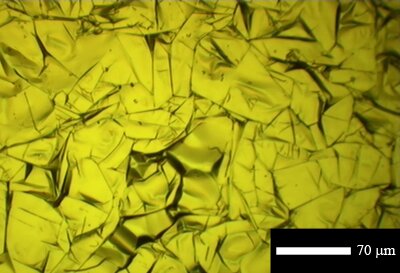3D printing started with plastic in the 1980s and today several companies have machines capable of printing in titanium and other metals. We can also print in a growing list of other materials including rubber, cement, and glass. So it follows that researchers want to achieve 3D printing with the strongest known material, graphene. Graphene is not only super strong; it’s also incredibly light and flexible, as well as more conductive than copper. And graphite, the mineral that graphene is comprised of, is widely abundant. Add it all up and it becomes apparent how foolish it would be to NOT develop graphene 3D printing.
You may remember when American Graphite Technologies announced a partnership with several Ukrainian research institutions to fund the 3D Project P-600 that’s dedicated to technology discovery around 3D printing with graphene, and the funds have since been remitted. Hopefully we’ll see something out of that soon. In the meantime there’s another start up shooting for delivering graphene 3D printers. Spun out of Graphene Laboratories, Graphene 3D Labs is focused on the development and manufacturing of next-generation graphene-enhanced materials for 3D printing. GL partnered with Lomiko Metal, a Vancouver-based research company that’s actively acquiring green-economy mineral sites, to ensure success of the venture.
I think we all want this venture to be successful. Those flexible paper-like computers seen in futuristic movies will soon be a reality. Buildings too will likely benefit from such developments, requiring less mass for more structural integrity, meaning more useable square footage per materials and space used.
Dr. Elena Polyakova, CEO of Graphene Labs, stated, “We anticipate graphene-enabled materials to revolutionize 3D printing. We anticipate strong demand in airspace, automotive, semi-conductor and advanced manufacturing industries.” How much fuel will be saved by printing airplanes out of graphene? How fast and small will printed processors be? What kind of efficiency gains will printed graphene bring to robotic manufacturing? I have no idea, but I’m confident we’ll have answers to these questions in the medium-term.

